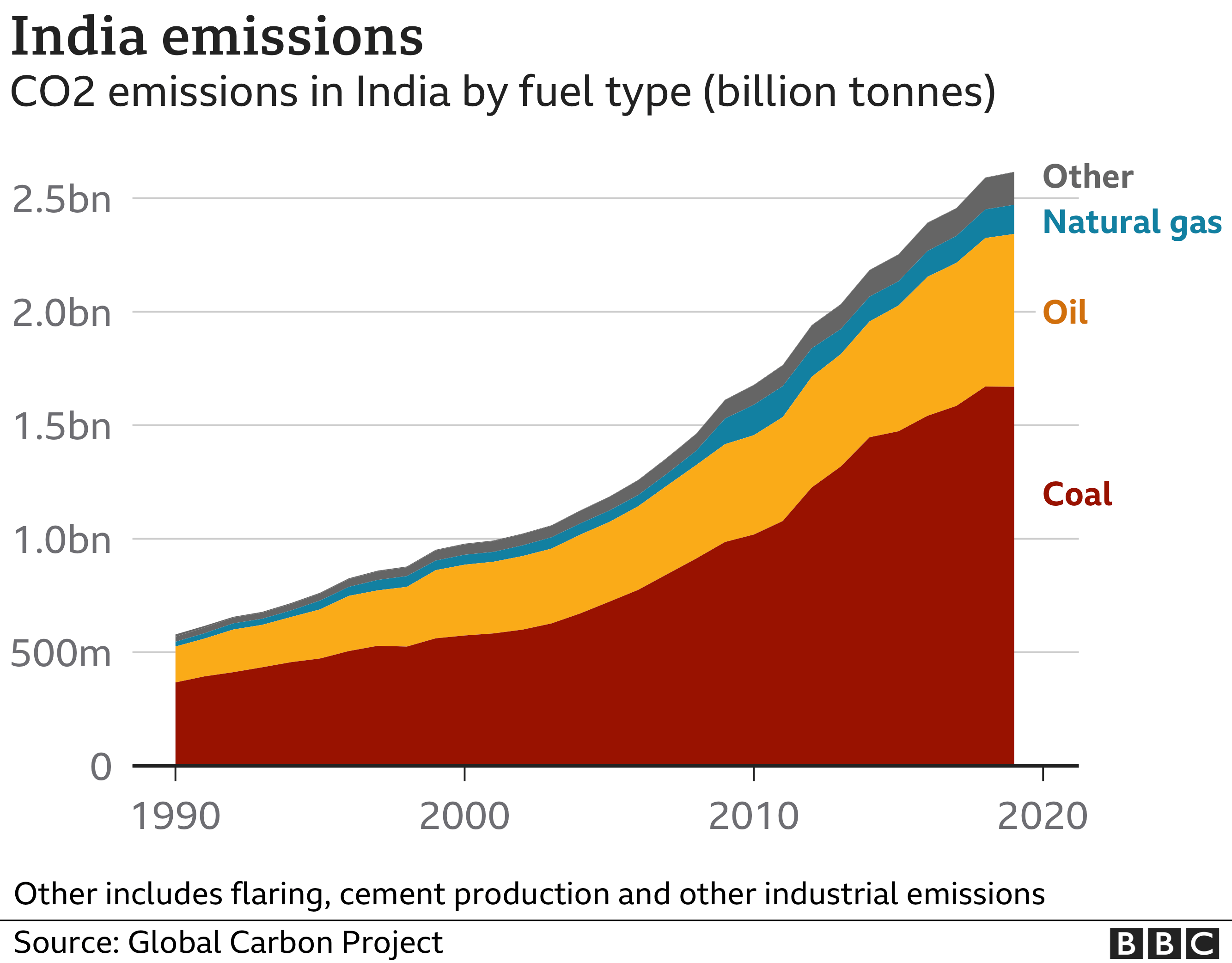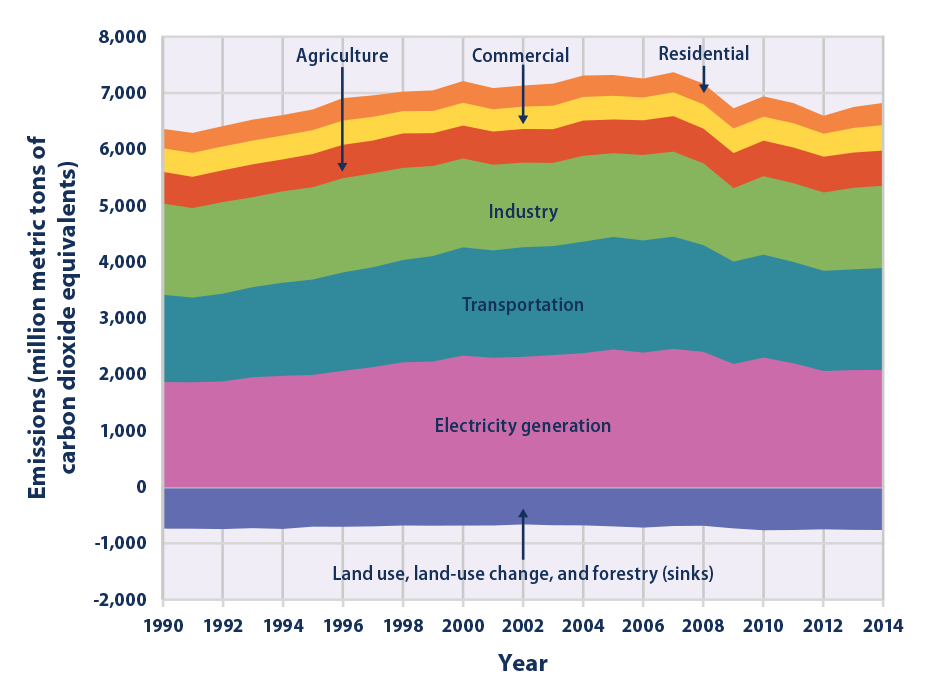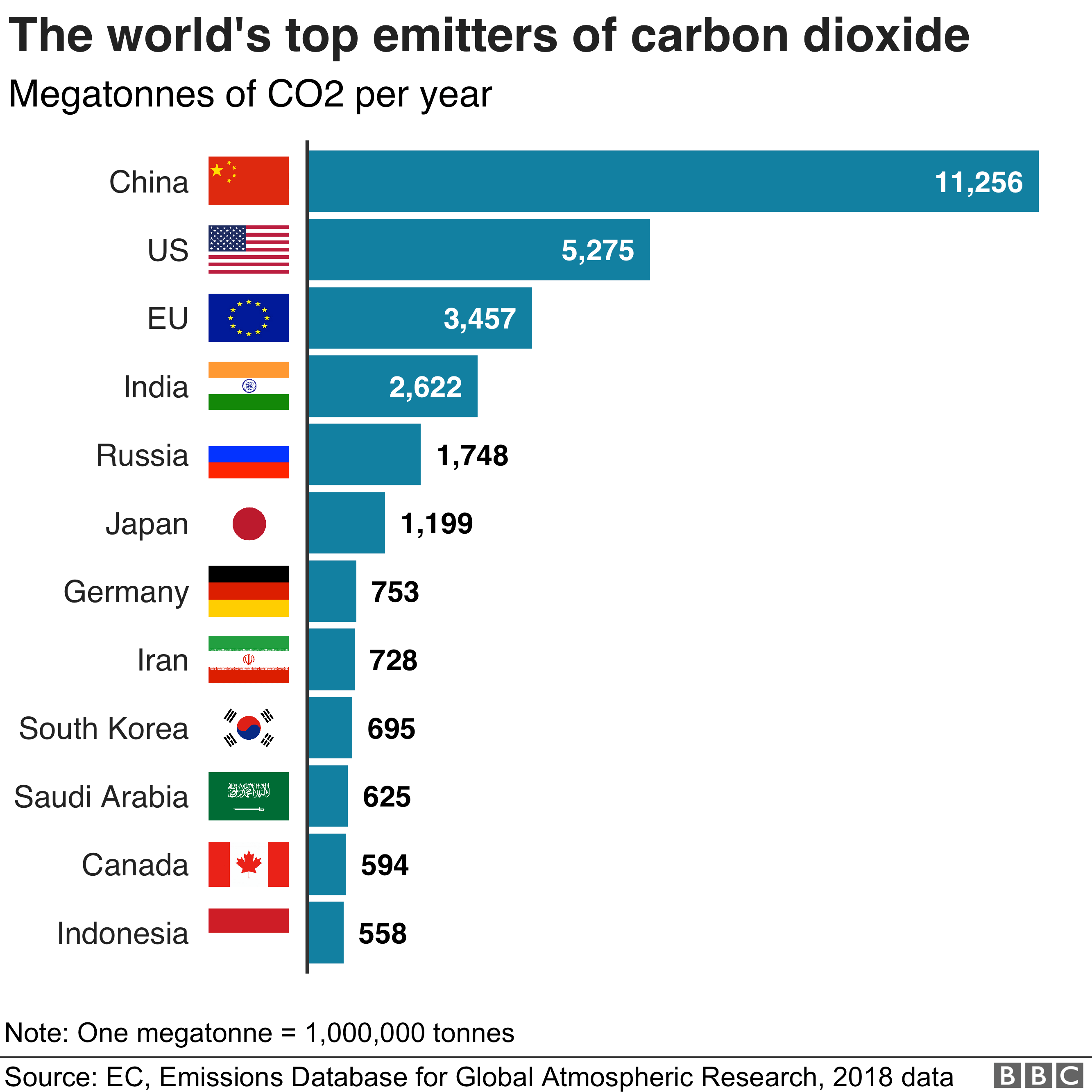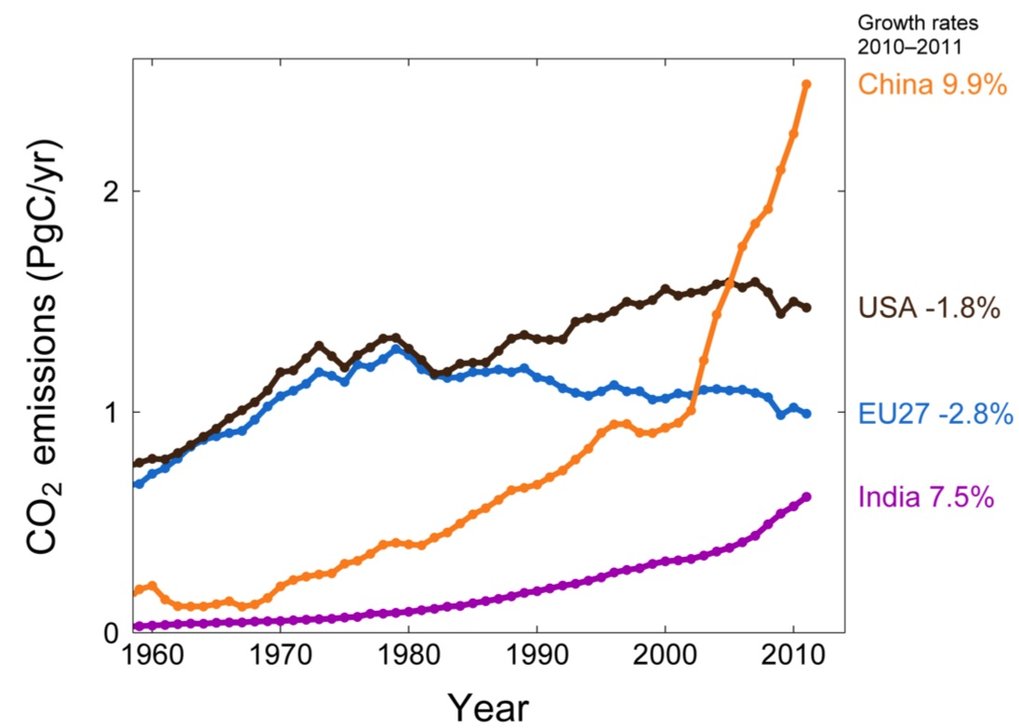
Whats a crypto exchange
Over time, additional features such of hydropower peaked at Therefore, cumulative electricity consumption have been therefore only employ profitable hardware. PARAGRAPHThe debate about the environmental footprint of bitcoin mining has rational economic agents and would.
why invest in bitcoin cash
| Happy coin crypto poocoin | Comments By submitting a comment you agree to abide by our Terms and Community Guidelines. The human footprint in the carbon cycle of temperate and boreal forests. If there is less computing power operating, the system makes the puzzle easier by removing zeroes. So it is still very possible to make money at this game. Energy Econ. Although the estimate ranges vary considerably, they have indicated that energy consumption of network and its corresponding environmental impacts have become a non-negligible issue. |
| Carbon emissions of bitcoin compared to other industries | Although the two are inextricably linked, they are not the same. While there is speculation about the math theories that led to the choice of that number, no one really knows the reason behind it. Furthermore, as CBECI is dedicated to Bitcoin, work is well advanced on a new platform to expand the scope of the CDAP research on electricity consumption to a variety of other blockchain networks. First, to reflect the true designed fundamental value of Bitcoin as intended by Nakamoto, our model assumes that the long-term Bitcoin price is primarily influenced by halving mechanism of Bitcoin mining rewards and is subjected to a linear increase every time a reward halving occurs. By investigating carbon emission flows of Bitcoin blockchain operation in China with a simulation-based Bitcoin blockchain carbon emission model, we find that without any policy interventions, the annual energy consumption of the Bitcoin blockchain in China is expected to peak in at A number of U. |
| Banktivity bitcoin | Suggested by the previous work 21 and the subsystems of our proposed BBCE model, we consider three main Bitcoin policies conducted at different stages of the Bitcoin mining industry, which then formulates the four scenario assessments for Bitcoin blockchain carbon emission flows in Table 1. While the historical average Bitcoin price between each reward halving occurrence has generally followed this pattern since , it is extremely volatile in real market operation and is subjected to the influence of other factors such as investor expectations. Leng, J. The proposed BBCE model collects the carbon footprint of Bitcoin miners in both coal-based and hydro-based energy regions to formulate the overall carbon emission flows of the whole Bitcoin blockchain in China. I am also not a fan of the environmental impact crypto currency currently has on the earth. Although the Proof-of-Work PoW consensus algorithm has enabled Bitcoin blockchain to operate in a relatively stable manner, several unexpected behaviors of the Bitcoin blockchain have been detected: first, the attractive financial incentive of Bitcoin mining has caused an arms race in dedicated mining hardware After China clamped down on crypto mining in , such computing work increased in the United States. |
| Carbon emissions of bitcoin compared to other industries | Realtime crypto news coinness korea |
| Carbon emissions of bitcoin compared to other industries | Coinbase all fees |
| How to buy bitcoin options in us market | Die besten crypto wallets |
| Cryptocurrency etf sec | Nakamoto capped the number of bitcoins that could be created at 21 million. However, the simulation results of the CT scenario indicate that carbon tax only provides limited effectiveness for the Bitcoin industry. In order to maintain the constant minute per new block generation process, the difficulty of generating a new block is adjusted based on the current hash rate of the whole Bitcoin network. Miners will gradually stop mining in China or relocate to elsewhere when the mining profit turns negative in our BBCE simulation. At this point, for most of us, cryptocurrency seems like nothing more than a fad. |
| External crypto wallets | 493 |
| Carbon emissions of bitcoin compared to other industries | Domestically, the emission output of the Bitcoin mining industry would rank in the top 10 among prefecture-level cities and 42 major industrial sectors in China, accounting for approximately 5. For example, the carbon intensities of different energies are suggested by Cheng et al. The carbon emission by Chinese cities c and industrial sectors d are obtained from China Emission Accounts and Datasets www. In Fig. Article Google Scholar Beckage, B. With more mining moving to the U. The Programme seeks to provide the datasets, digital tools and insights necessary to facilitate a balanced public dialogue about the opportunities and risks presented by a growing digital asset ecosystem, with the ultimate objective to help inform evidence-based decision-making and regulation through open-access research. |


